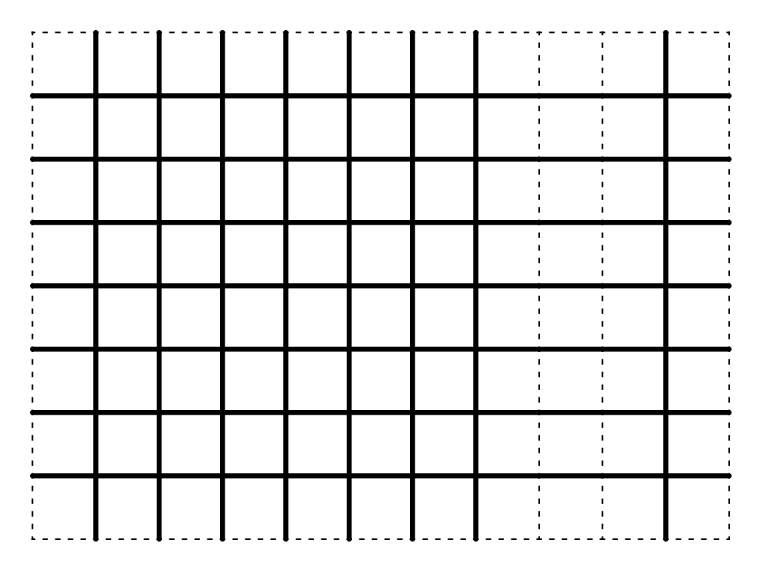With how few straight lines can you make exactly 101 squares? The squares don’t necessarily have be the same size.
Clarification 1: By lines, I mean you can use mathematical line segments and/or mathematical rays and/or mathematical lines. In all cases, they have to be straight.
Clarification 2: A two-by-two grid with three horizontal lines and three vertical lines yields five squares (4 small and 1 big).
This puzzle was inspired by a puzzle by Henry Dudeney. In his puzzle the goal was to make exactly 100 squares.



